Deborah Blum, Mary Knudson, Robin Marantz Henig0195174984, 9780195174984, 9781429410465, 9780195174991, 0195174992
This is the official text for the National Association of Science Writers. In the eight years since the publication of the first edition of A Field Guide for Science Writing, much about the world has changed. Some of the leading issues in today’s political marketplace – embryonic stem cell research, global warming, health care reform, space exploration, genetic privacy, germ warfare – are informed by scientific ideas. Never has it been more crucial for the lay public to be scientifically literate. That’s where science writers come in. And that’s why it’s time for an update to the Field Guide, already a staple of science writing graduate programs across the country. The academic community has recently recognized how important it is for writers to become more sophisticated, knowledgeable, and skeptical about what the write. More than 50 institutions now offer training in science writing. In addition mid-career fellowships for science writers are growing, giving journalists the chance to return to major universities for specialized training. We applaud these developments, and hope to be part of them with this new edition of the Field Guide. In A Field Guide for Science Writers, 2nd Edition, the editors have assembled contributions from a collections of experinced journalists who are every bit as stellar as the group that contributed to the first edition. In the end, what we have are essays written by the very best in the science writing profession. These wonderful writers have written not only about style, but about content, too. These leaders in the profession describe how they work their way through the information glut to find the gems worth writing about. We also have chapters that provide the tools every good science writer needs: how to use statistics, how to weigh the merits of conflicting studies in scientific literature, how to report about risk. And, untimately, how to write. Amazon.com Review Science writers are translators of sorts: they transform the jargon-laden language and arcane concepts of the science world into something the rest of us can understand and even appreciate. For this, they must be able to comprehend (and assess the value of) the science at hand, then simplify, calling into action whatever metaphor and analogy they can find to get the idea across. For this indispensable guidebook, 39 committed and enthusiastic science writers chime in about what their jobs entail. Among them are newspaper reporters, magazine and journal contributors, book authors, and freelance, editorial, and op-ed writers. Specialists relate the intricacies of covering topics such as infectious diseases, neuroscience, the environment, and technology. A final section explores science-writing jobs for colleges and universities, government agencies, museums, and industry. Particularly fascinating is the chapter by Mary Knudson, a freelance writer who covered medicine for the Baltimore Sun for 18 years and one of the editors of this book; in the chapter, she dissects one of her articles, explaining how she arrived at each piece of information included therein. | |
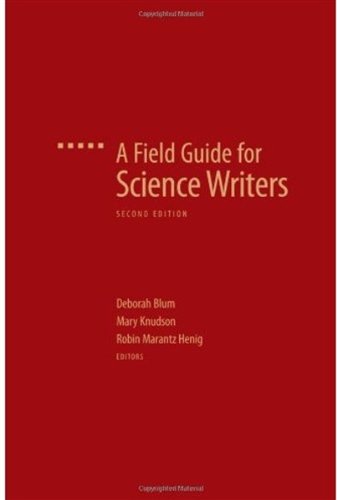
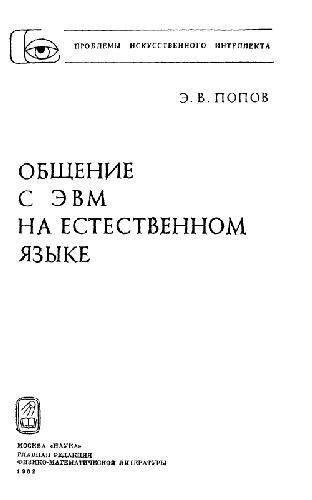

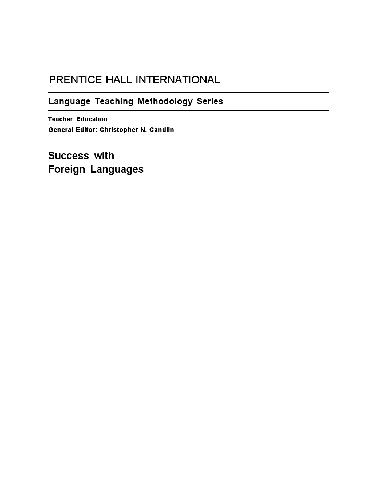
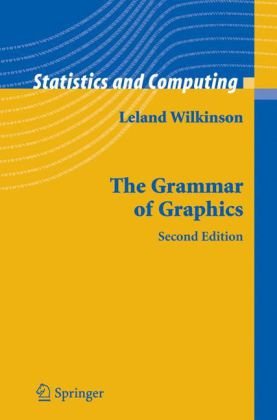

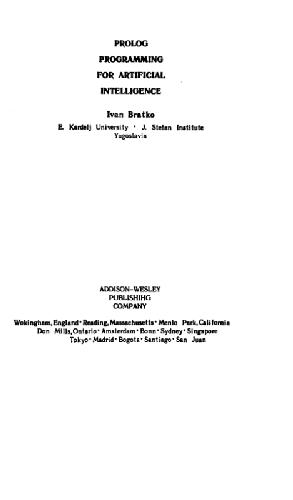
Reviews
There are no reviews yet.